July 19, 2024: Country descends into deeper crisis
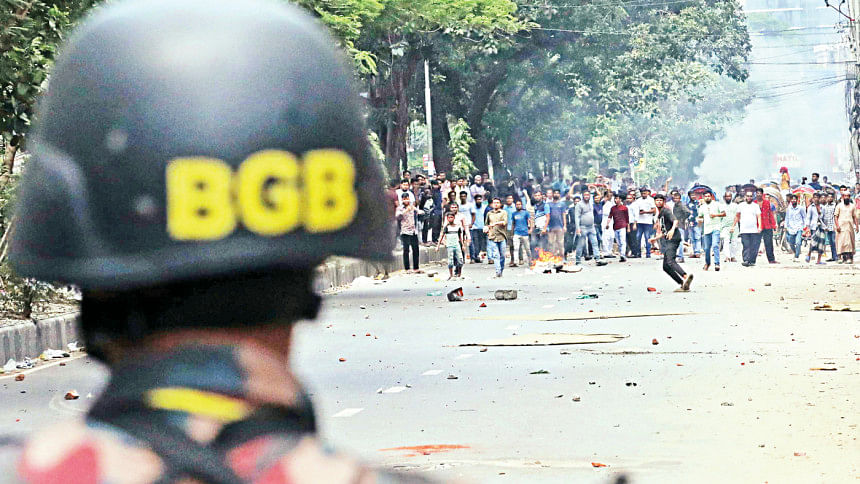
By July 19, 2024, Bangladesh stood at the brink of collapse as the quota reform movement spiralled into its deadliest phase. The air in Dhaka and beyond was thick with smoke, teargas, and dread. Blood mixed with dust on city streets as state brutality reached new heights. By the end of the day, at least 66 people had been confirmed dead -- 55 of them in the capital alone -- while over a thousand were injured across at least 16 districts. The actual toll was feared to be much higher, with many hospitals inaccessible and several wounded in critical condition.
The previous night's clashes had barely died down when fresh waves of demonstrations erupted. In defiance of a government-imposed ban on public gatherings, thousands of students and citizens flooded the streets of Dhaka, clashing with police, BGB, Rab, and ruling party cadres. Protesters shut down roads and blockaded offices and transport hubs across the capital, bringing the city to a standstill.
Dhaka's Rampura and Badda areas witnessed some of the worst violence. Protesters, many of them teenagers, constructed makeshift barricades with trees and electric poles. Roads were littered with brick chunks. Around noon, clashes escalated near the TV Centre area. BGB forces opened fire, killing at least one student on the spot. Several others succumbed to injuries later.
Mirpur turned into a warzone by afternoon. Protesters ransacked and torched the Dhaka North City Corporation office, BRTA office, and several Metro Rail stations. As black smoke covered the skies, Rab helicopters hovered above, firing sound grenades. Residents described scenes of flying pigeons dropping dead in panic.
In Mohammadpur, Bheribadh, and Dhanmondi, pitched battles raged between protesters and law enforcers aided by ruling party activists.
In the districts, the death toll kept mounting. In Rangpur, four protesters were shot dead. In Narsingdi, at least two protesters were killed and dozens injured in a confrontation near the Madhabdi municipal office. Savar saw the death of Al Amin, a 24-year-old student of Bangladesh Open University, during a clash in Radio Colony. In Sylhet, journalist ATM Turab of Naya Diganta was killed after being hit by over a hundred shotgun pellets during a clash in Bandarbazar.
In Bogura, 16-year-old Saim Shuvo died from pellet injuries. In Mymensingh, 17-year-old Sagor was killed during clashes between AL men and protesters. Narayanganj saw the burning of the district's PBI office, five police vehicles, and fire service trucks. In Jalkuri, at least 26 buses owned by AL MP Shamim Osman were torched, and Nagar Bhaban was vandalised. Kalihati AL office in Tangail was also burned down. In Rajshahi, 12 people were injured after AL and affiliated groups attacked a BNP rally. Similar violence flared in Chattogram, Kishoreganj, Munshiganj, Barishal, Brahmanbaria, and Cox's Bazar.
The government appeared overwhelmed. Despite a ban on political gatherings in the morning, it permitted parties to rally outside their central offices by afternoon. Awami League staged a demonstration on Bangabandhu Avenue. General Secretary Obaidul Quader blamed the BNP-Jamaat alliance for hijacking the movement and called for "united resistance." Meanwhile, BNP's rally in support of the movement was foiled, and Joint Secretary Ruhul Kabir Rizvi was arrested near the Jatiyo Press Club.
Protest leaders, including Hasnat Abdullah and Abdul Kader of Baishamyabirodhi Chhatra Andolan, reiterated that their movement was peaceful and non-partisan. They condemned the violence, distanced themselves from arson, and issued a nine-point demand including the resignation of the home and transport ministers, public apology from the prime minister, removal of police and university officials involved in the crackdown, and compensation for victims' families. They vowed to continue the shutdown until their demands were met.
Compounding the crisis was a nationwide internet blackout. International communication broke down. The digital commerce and IT sectors suffered losses exceeding Tk 80 crore in 24 hours, according to BASIS.
As dusk fell on July 19, 2024, Bangladesh was no longer simply a country in crisis — it had become a battlefield of conscience. Streets once filled with the hum of daily life now echoed with sirens, gunfire, and the cries of the wounded. In the haze of teargas and the silence of a digitally paralysed nation, a generation stood unyielding. What began as a call for justice in public service recruitment had grown into a national reckoning -- one that questioned the very legitimacy of a state willing to kill its youth to preserve power. The fallen are no longer statistics; they are symbols. Symbols of a people pushed too far, of a state cracking under the weight of its own repression, and of a movement that, despite bullets and blackouts, refused to be extinguished.

 For all latest news, follow The Daily Star's Google News channel.
For all latest news, follow The Daily Star's Google News channel. 

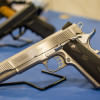
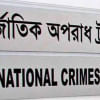


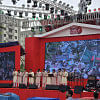

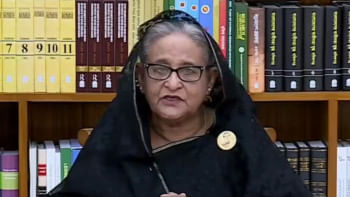
Comments